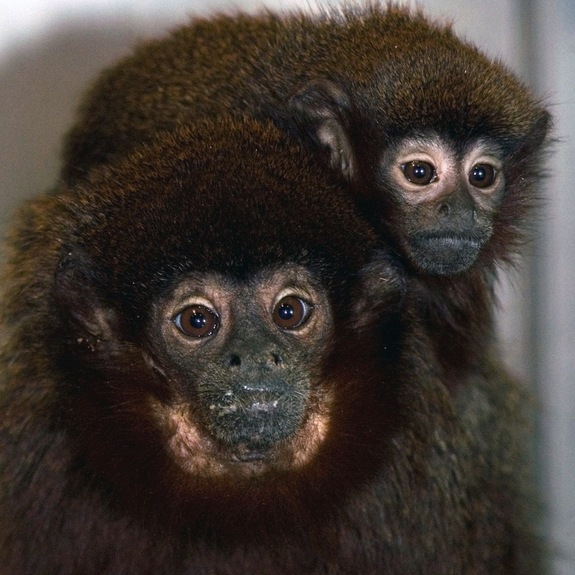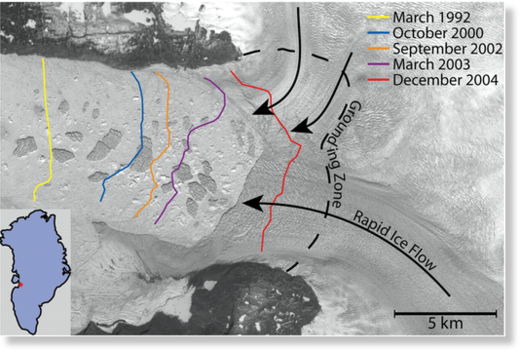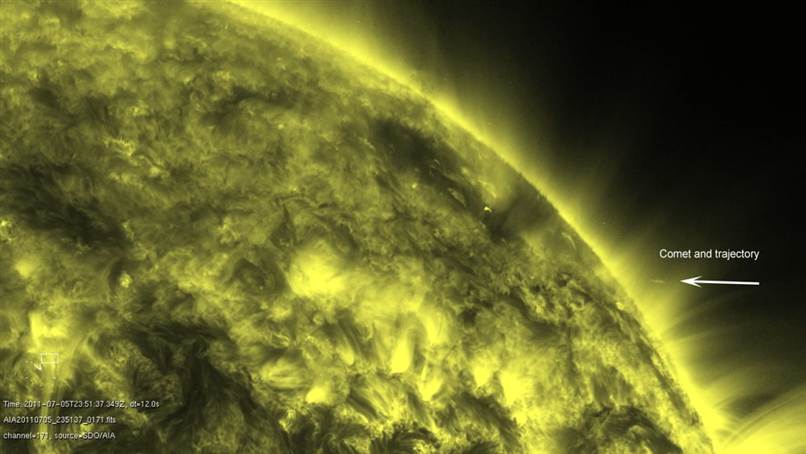OF THE
TIMES


A: ...One change to occur in 21st Century is sudden glacial rebound, over Eurasia first, then North America. Ice ages develop much, much, much faster than thought.March 18, 2000:
Q: You also made a remark once that ice ages occur much, much faster than people ever thought...
A: Yes.
Q: Do we need to invest in some mukluks and snowshoes?
A: ??
Q: Well, what I am trying to get at is: should we start stockpiling firewood?
A: Maybe.
Q: So, it could be that fast?
A: Oh yes, and faster when in response to global" warming."
Q: When you put "warming" in quotes, you obviously mean warming in more than just an ordinary sense? Is that correct?
A: And/or not really "warm."

The intestinal microbiota is a vast ecosystem that shapes a wide variety of host functions, both within and outside the gastrointestinal tract.Y'all may recall my previous article in which we have evidence that your commensal beasties, which make up 90% of your cells, also control a mouse's brain (and possibly yours.) And something like this paper and this experimental design excite me more than the endocannabinoid/rat paper I wrote about yesterday. I don't doubt that we probably have endocannabinoid receptors for corn oil (which may be activated by all kinds of fats) in our guts, or ones for sweets in our mouths, I'm just not sure what it means when isolated in that way via the sham-feeding and with creepy rat chow liquid diets that immediately drain out and dribble onto the rat cage in a gross gut slurry. However, we do have to keep in mind that these are rodents who diverged from the family tree many many many millions of years ago...
Comment: Despite the article's claim that Van Allen radiation belts do not cause any harm to humans and their bodies (and there is no way of knowing it for sure), there is a high chance that these belts carry serious implications for the Earth's climate.
From Chemtrails? Contrails? Strange Skies by Laura Knight-Jadczyk: